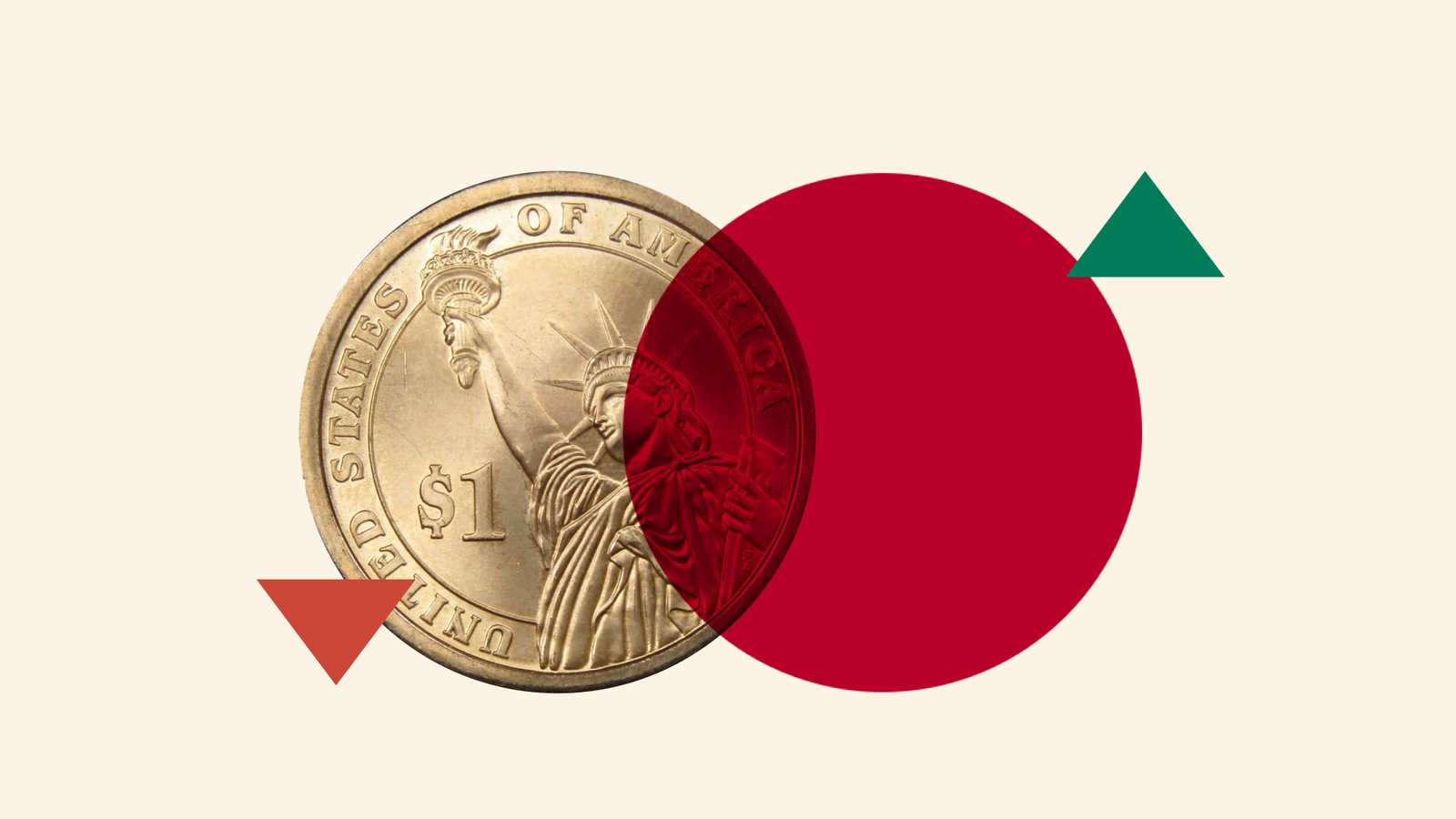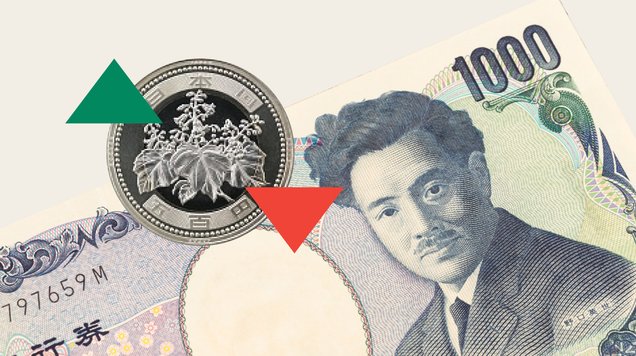Takaichi becomes Japan’s first female PM as fiscal stimulus expectations grow
Japan has entered a new political era. Sanae Takaichi, long regarded as one of the country’s most conservative and economically assertive figures, was elected prime minister on Tuesday — becoming the first woman in Japan’s history to hold the nation’s highest office. Her appointment, secured with 237 votes in the lower house, arrives amid inflationary pressures, shifting alliances, and a renewed debate over Japan’s economic future. Markets rallied on expectations of stimulus and a softer stance

Takaichi becomes Japan’s first female prime minister after winning 237 votes.
Her coalition remains two seats short of a lower-house majority
Fiscal stimulus and continuity with “Abenomics” are expected policy pillars
Markets rose as the yen weakened, reflecting hopes of continued monetary support
A historic first for japan’s leadership
For the first time in modern Japanese history, a woman has assumed the role of prime minister. Sanae Takaichi’s victory in the parliamentary vote signals both a cultural milestone and a decisive political shift within the ruling Liberal Democratic Party (LDP). Her election followed weeks of maneuvering after she succeeded in uniting key factions of the LDP while forging an unexpected alliance with the Japan Innovation Party (Ishin).
The triumph, however, is tempered by arithmetic realities: the new coalition remains two seats short of a majority in the lower house. This gap ensures that the early phase of her leadership will be defined as much by negotiation as by ambition.
Balancing inflation, growth, and fiscal credibility
Takaichi steps into office at a delicate juncture for the world’s third-largest economy. Inflation remains above the Bank of Japan’s 2% target, household purchasing power is eroding, and public frustration with rising living costs has intensified. Her policy blueprint—rooted in the reflationary legacy of Abenomics—emphasizes fiscal expansion, targeted subsidies, and government-led growth.
She has consistently argued that Japan must prioritize demand recovery over austerity, suggesting that “temporary inflation should not deter structural investment.” Market participants widely interpret her win as a signal that fiscal policy will stay loose and that the Bank of Japan will face renewed pressure to maintain ultra-accommodative settings.
A rightward turn with populist undertones
Politically, Takaichi’s ascension marks a broader shift in Japan’s ideological landscape. Her victory consolidates a rightward trend within the LDP—one emphasizing national security, defense modernization, and skepticism toward excessive foreign dependence.
Her stance aligns with growing public anxiety over regional security and Japan’s role amid U.S.–China tensions. Observers expect her government to advocate for stronger deterrence capabilities and greater alignment with Washington on Indo-Pacific strategy, while maintaining open economic engagement with key trading partners.
Domestically, her leadership may blend conservative social values with an assertive economic agenda—a combination that appeals to traditional LDP supporters but risks alienating moderates seeking reformist change.
Coalition fragility and political arithmetic
Takaichi’s immediate test will be political, not ideological. The LDP’s loss of its longtime coalition partner Komeito has left her administration dependent on the support of Ishin—a younger, reformist party that demands greater decentralization and a short-term sales tax cut on food.
The partnership provides short-term stability but introduces long-term tension: Ishin’s fiscal conservatism contrasts with Takaichi’s stimulus-driven approach. The challenge will be maintaining legislative momentum in a divided parliament, where every vote could determine the fate of budgets and reforms.
Economic direction: Between legacy and reinvention
Markets view Takaichi’s fiscal approach as a continuation of the late Shinzo Abe’s Abenomics, but her tone is more aggressive. While she has voiced respect for the Bank of Japan’s independence, her calls for “proactive coordination” between fiscal and monetary authorities hint at subtle but consequential policy shifts.
The new prime minister has also floated the idea of “strategic spending”—directing public funds toward innovation, digital infrastructure, and defense manufacturing. This reflects Japan’s attempt to balance growth revival with geopolitical self-reliance. Yet the very policies that might sustain growth could also exacerbate inflation, a dilemma that will test the credibility of her government’s economic management.
Symbolism and strategy
Beyond economics, Takaichi’s rise carries profound symbolic weight. Japan, often criticized for its low level of female representation in politics and corporate leadership, has now broken one of its final institutional ceilings. Yet symbolism alone will not secure stability. Her success will depend on whether she can translate a historic victory into sustainable governance amid political fragmentation and social fatigue.
As Japan’s first female leader prepares to announce her cabinet—reportedly featuring the country’s first woman finance minister—the world will watch how she balances reform, resilience, and representation.
For now, markets are responding with cautious optimism. The yen’s weakness and stock market gains suggest investors expect fiscal vigor rather than fiscal restraint. Whether that optimism endures will depend on how quickly the new administration can turn a symbolic breakthrough into an economic one.









